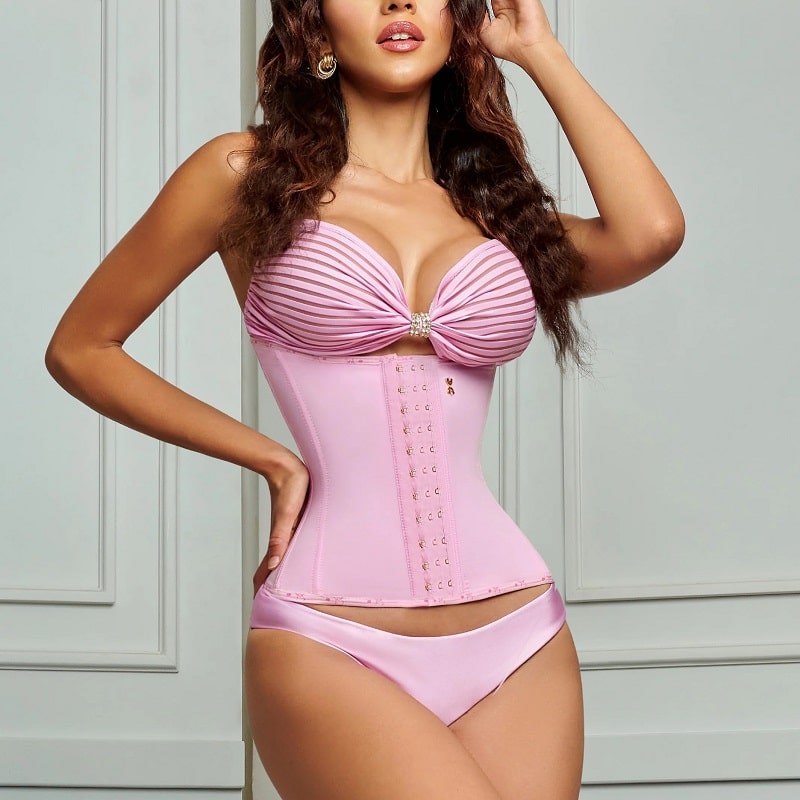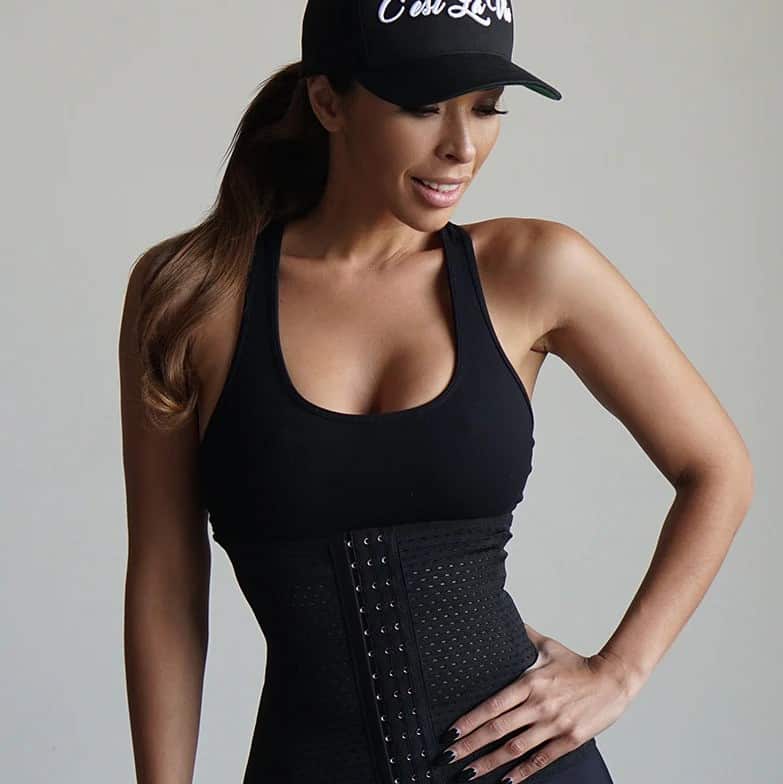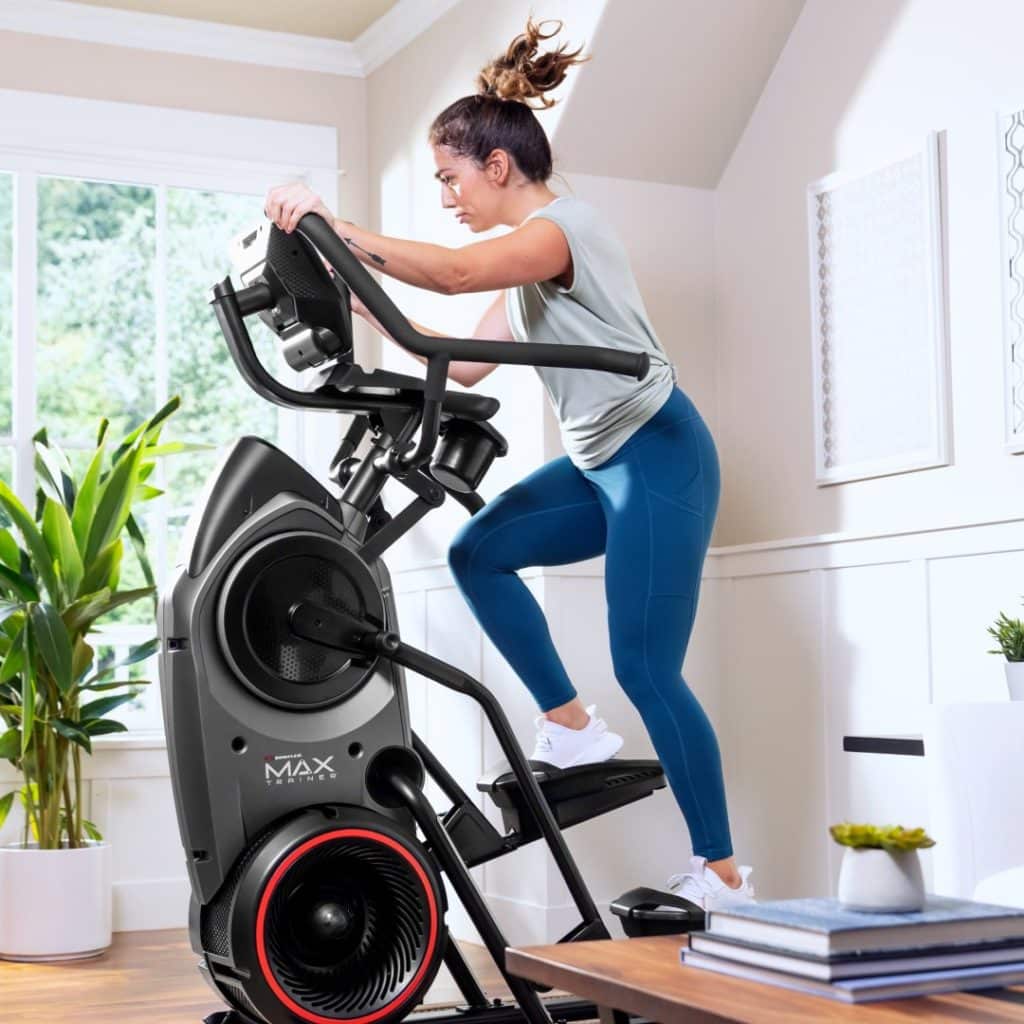Waist Trainer Before and After: Real Results or Just a Temporary Fix?
Table of Contents
About Waist Trainers

Waist trainers are a type of shapewear that is designed to cinch the waistline and create an hourglass figure. They’re made of different materials, including latex, spandex, and cotton, and come in different styles, including corsets, cinchers, and vests.
Waist trainers work by compressing the waist and stomach area, which can help to reduce the appearance of the waistline. The pressure that the waist trainer puts on the midsection can also help to suppress appetite and reduce food intake, which can lead to weight loss over time.
When you wear a waist trainer, it stimulates thermal activity in your core, making you sweat more with less effort during exercise. This can help to burn more calories and promote weight loss. However, it’s important to note that waist trainers should not be relied upon as the sole method of weight loss, and should be used in conjunction with a healthy diet and regular exercise.
Types of Waist Trainers

There are several types of waist trainers available, including:
- Corsets: These are the most traditional type of waist trainer and are designed to be laced up tightly to cinch the waistline. They can be made of a variety of materials, including steel boning, plastic boning, and even fabric.
- Cinchers: These are similar to corsets, but are typically made of latex or spandex and have hook-and-eye closures instead of laces. Cinchers are typically more comfortable than corsets and can be worn for longer periods of time.
- Vests: These are waist trainers that also cover the upper body, providing additional support and compression to the back and bust area. Vests are ideal for women with larger busts who want to avoid the discomfort of traditional waist trainers.
Overall, waist trainers can be an effective tool for achieving a slimmer waistline and promoting weight loss. However, it’s important to choose a waist trainer that fits properly and to use it in conjunction with a healthy diet and regular exercise.
Now then, let’s check out a few candid before and after photos showing the waist trainer’s effects.
10 Waist Trainer Before and After Photos
#1:

#2:

#3:

#4:

#5:

#6:

#7:

#8:

#9:

#10:

Waist Trainer Safety

The appeal of wanting to achieve a slimmer waistline quickly is easy to understand. However, it’s important to prioritize safety when using waist trainers. Here are some potential risks and tips on how to safely use a waist trainer.
Potential Risks
While waist trainers can produce immediate results, they can also come with potential risks. Some of these risks include:
- Difficulty breathing: Waist trainers can compress the lungs and make it difficult to breathe properly. This can lead to shortness of breath, dizziness, and even fainting.
- Digestive issues: Wearing a waist trainer can put pressure on the stomach, which can cause acid reflux, heartburn, and other digestive issues.
- Skin irritation: Waist trainers can rub against the skin and cause irritation, rashes, or even blisters.
- Muscle weakness: Wearing a waist trainer for extended periods of time can weaken the core muscles, which can lead to poor posture and back pain.
How to Safely Use a Waist Trainer
To minimize the risks associated with waist trainers, here are some tips on how to safely use them:
- Start slow: It’s important to gradually build up the amount of time you wear a waist trainer. Start with just a few hours a day and gradually increase the time as your body adjusts.
- Choose the right size: Make sure you choose a waist trainer that fits properly. It should be snug, but not too tight that it’s difficult to breathe or causes discomfort.
- Listen to your body: If you experience any discomfort or difficulty breathing, take off the waist trainer immediately. It’s not worth risking your health for temporary results.
- Stay hydrated: Drinking plenty of water can help prevent dehydration and reduce the risk of digestive issues.
- Don’t rely solely on waist trainers: Waist trainers should be used in conjunction with a healthy diet and exercise routine. They are not a substitute for a healthy lifestyle.
While waist trainers can produce immediate results, it’s important to prioritize safety when using them. By following these tips, you can minimize the risks associated with waist trainers and achieve a slimmer waistline safely.
Conclusion

After researching waist trainers and examining their before and after effects, I have come to the following conclusions:
- Waist trainers can provide temporary results in reducing waist size or circumference, but the results are not permanent.
- Wearing a waist trainer for an extended period of time can cause pain, discomfort, and internal damage to organs.
- The effectiveness of waist trainers varies depending on the individual’s body type, goals, and usage.
While some people may see positive results from using waist trainers, it is important to consider the potential risks and drawbacks. If you are considering using a waist trainer, it is essential to do your research and consult with a medical professional to ensure that it is safe for you.
In addition, it is important to have realistic expectations for the results you can achieve with a waist trainer. While it may provide temporary slimming effects, it is not a long-term solution for weight loss or body shaping.
Overall, waist trainers can be a useful tool for some individuals, but they should be used with caution and in moderation. It is important to prioritize your health and safety above achieving a certain body shape or size.
Looking for more before and after comparisons? Check out these similar articles:
Purple Shampoo Before and After






Ask the community or leave a comment
WRITE A REVIEWCustomer Reviews
Leave a review